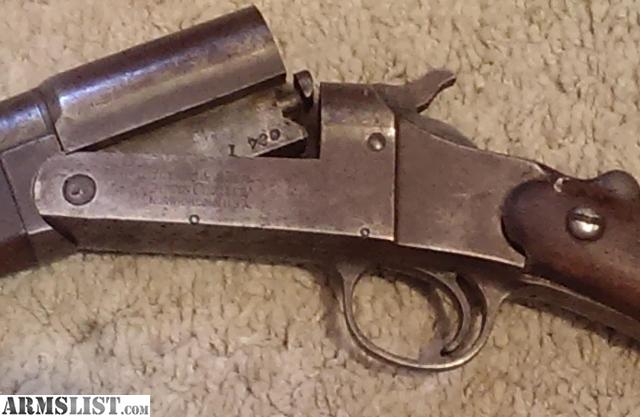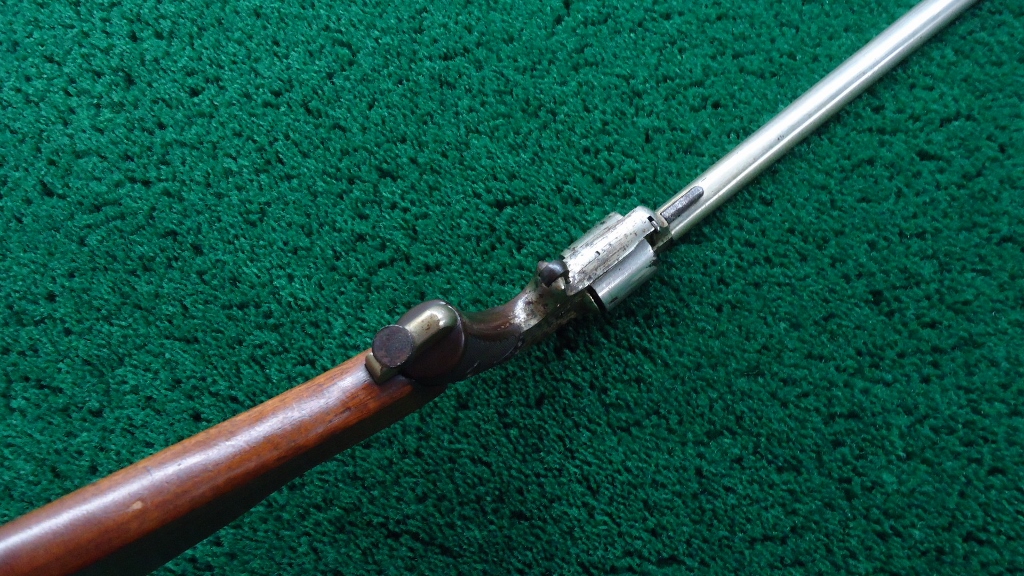
These guns are popular among the SASS (Single Action Shooters Society) crowd and come in several variants, such as the common Field Grade, the fancy Pigeon Grade or the legendary WWI issued “Trench” version. Available in either 16- or 12-gauge, this external hammered shotgun became the standard that all other pump-guns would be measured against. It improved upon several features of the Model 1893, including strengthening the receiver, which enabled it to utilize smokeless 2-3/4 inch shells. The Model 1897 was the improved design of John Browning’s Model 1893. The Winchester 1897 is what I consider the first “perfected” pump-gun.

Here are just a handful classic American pump-action guns that are worth picking up. Am I bold to say that I find the Model 12 and Ithaca 37 sleek and elegant guns, rivaling even many double guns that are so coveted? With unique designs that were ahead of their time and inspired later well-known models like the Remington 870, classic pumps are worth the effort of collecting and taking out to the field. Yet they remain overshadowed by doubles in the upland hunting community. Their simplicity and reliability having been proven in the field, many upland hunters of yore swore by the pump-action shotgun. They just keep on shooting, racking shell after shell, dropping bird after bird. They were common among “working class” folk, whose no-nonsense approach and practicality made the pump a match made in heaven. But the pump-action shotguns are what intrigue me the most. Unbeknownst to many, alongside double guns the pump-gun and the semi-auto also have a lengthy tradition in the uplands.

And that has perpetuated something of an elitist attitude towards other shotgun configurations. At least that is what everyone is telling you. Upland hunters have a firm foot in tradition, and tradition apparently is a double gun. Every upland hunting magazine seemingly has a double gun emblazoned on every other page. Take a gander at any upland hunting related social media account, and you’ll quickly notice that most of the top influencers all run a double. I was part of a nostalgic group of hunters who felt the same way. I would never sully one of my upland hunts with anything but a double gun. That gunshow find was the first of an ongoing love affair with side-by-sides (and a couple of over/unders).Īfter eventually getting rid of the Hopkins & Allen, I elevated my tastes in shotguns to better quality vintage American side-by-sides like Lefever and Ithaca, as well as an Italian-made over/under Beretta. I shot my first few upland birds with that hunk of junk. Never mind that my first shotgun was a piece of junk! My first double-gun was an old Hopkins & Allen 12-gauge side-by-side with 2-1/2 inch chambers and slightly bulged right barrel. I had a goal in mind, and it had just become a reality. I was going to buy the first affordable side-by-side I found. and a whole lot of other people too, I imagine.Īs soon as I decided I was going to hunt birds, I knew I had to get an old double-gun. Or perhaps it was those vintage ammo-tin ads up at the old gun shops–the ones with the quintessential upland hunting scene! Y’know? The ones with the plaid-clad gentleman, steady behind his pointing-dog, pheasant bursting from the tall grass. Old cowboy flicks where hammered coach-guns were backing up the hero in the final duel? Action movies from the 80s and 90s where the greased-up muscle dude had a sawed-off double? Maybe that pile of old hunting magazines my dad had in the garage with articles about old doubles.

I don’t know where the fascination started, really. Not one of those over/unders, but a classical side-by-side. I dreamed of owning a vintage double-barreled shotgun since I was kid. I clutched the cold-vintage steel and wood in my clammy hands. The Damascus twist-barrels glistened grey and brown in the late morning autumn sun. Exploring the vintage shotgun market of the American classic pump shotgun


 0 kommentar(er)
0 kommentar(er)
